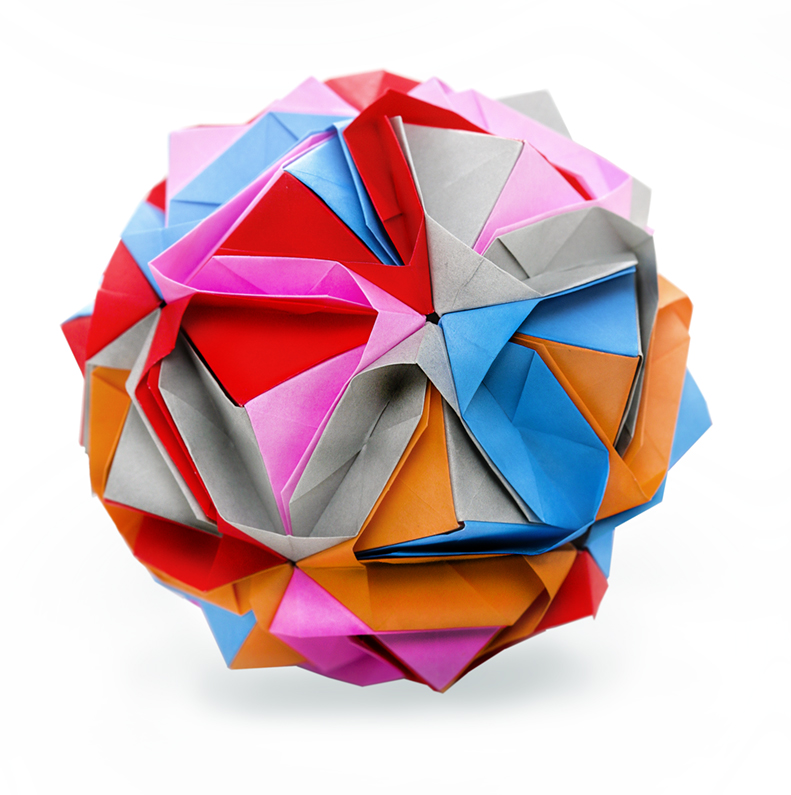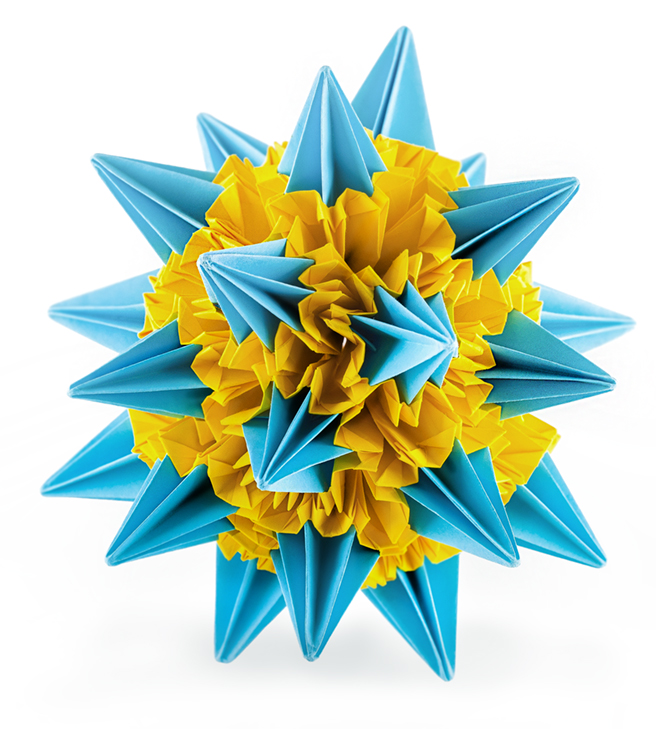From gamification to blended learning
Stories
We’re used to the idea of lecturers and students meeting up online for a lecture (or a variation on the theme of a lecture). But what’s the next step? Here are five examples of educational innovations from EEMCS.
1. ‘Online interaction is set to soar’
The name Felienne Hermans features in the top 3 of practically every list of educational innovators at TU Delft. One of the main reasons is her enthusiastic, authentic presentation of MOOC (Massive Open Online Course) on the use of Excel for data analysis. Let’s be honest: do you know anyone else who is turned on by Excel? Hermans: ‘I know people laugh at me for being so enthusiastic about spreadsheets.’
In early January of this year, she and her MOOC Data Analysis: Take it to the MAX won the Wharton QS prize for the best educational innovation in Europe. This was largely due to her presentation style, the video lectures she gives and the assignments she sets, many of which are based on original cases from the field.
Her online teaching method also enables her to generate information about the way students study.
She uses the data she gathers to see which pages students spend a long time on, or which parts of her explanation are most frequently revisited. Based on these analyses, Hermans adjusts the course material or her own presentation.
What is the next step? Hermans predicts that online interaction between lecturers and students, and among students, is set to soar. She takes the Python Tutor programme as an example. It teaches students to programme and work on joint assignments online using a chat function. ‘The role of the lecturer is changing. An academic with a PhD explaining how Java works to a room full of students is no longer efficient. Particularly not if you consider that students are now nearly always able to find online alternatives to physical lectures. I think eventually we’ll only be left with the lecturers who really like giving lectures and have a good online presence too. The rest can focus on face-to-face supervision, on the aspect that is possibly even more important: inspiring students, challenging them and helping them to see the course material in the light of the practical situation. To me, this is the essence of teaching.
2. ‘The best way to help people learn is to let them play’
Gamification is an important development in educational innovation. EEMCS lecturer Alexandru Iosup is a huge source of inspiration. Last year, he was named Teacher of the Year by Dutch student organisation ISO. His mission: to help students excel by letting them study in a way that matches their individual interests and character. He uses various game elements. Students follow their own learning path and score points along the way. Are you an explorer? If so, you probably prefer designing things from scratch. Or are you a more sociable type? In that case, you probably prefer to work in a group. Competitive? Then Iosup will teach you by setting you new challenges to take you to a higher game level. Iosup keeps his students engaged by creating challenges, excitement, competitiveness and rewards. ‘I think that playing is a fundamental element of human nature. The best way to help people learn is to let them play.’
To bust a common myth: Iosup does not actually use games in his lessons, but draws inspiration for his lessons from the social and psychological forces behind the games. This is where his classification of student motivation (explorers, winners, socialisers and achievers) comes from. So what inspires him? The idea of a radical U-turn in education. Take the current state of technology education; too few students to start with and too many dropping out, says Iosup. ‘And yet technical scientists are exactly what we’re going to need in the coming decades.’
Every student counts! is his motto and he thinks that gamification will enable us to teach students in a way that matches their individual needs. Last year, Iosup – himself an experienced game builder – started a master class, Gamification in Education. ‘Together with the participants, we’re setting up a living lab to develop the gamification of education in a way that will allow every lecturer to set to work in their own way.’ He considers it important that lecturers learn to trust their students. You obviously have to provide a safety net for the minority of students who cannot cope with freedom. But you should give the rest an opportunity to find their own way. ‘I’ve seen it work in practice, and I know how motivated they get.’
3. TU Delft Game Jam: 40 students develop a game for linear algebra in 72 hours
Last December, Professor Elmar Eisemann, head of the Computer Graphics and Visualization Group, assisted by student Olivier Hokke and several guest speakers, organised the first ever TU Delft Game Jam. Forty students from different faculties were divided into teams and given just three days to develop a game. Or to be precise, an educational game, which would help first-year TU Delft students to develop an understanding of linear algebra. Eisemann, excited: ‘We didn’t tell them exactly what type of game it would be until the event itself. I was worried that the design students might be scared off. As it turned out, nothing could have been less true. All those taking part set to work on their game, fired up with enthusiasm. The atmosphere was fantastic. A lot of students even spent the night in the Faculty. I was completely exhausted afterwards, but felt totally fulfilled.’
Elmar Eisemann hopes that one or more of the eleven games developed in December will eventually be used for teaching maths. There will certainly be a second edition of the Game Jam this year, he assures us. He expects great things from gamification in education. ‘I believe that everyone wants to learn. And it helps if you are challenged and feel inspired to learn more about whatever it is you’re studying. By raising your score in a particular game, for example.’
4. ‘Provide better made-to-measure work’
Lecturers are enthusiastically working on innovation in service teaching in mathematics.
‘The aim of the innovation is to encourage students to work on mathematics more actively. Mathematics is a perfect example of a subject that you learn by doing. This is why contact hours are combined with digital types of knowledge transfer and practice’, explains Geurt Jongbloed, Professor of Mathematics and member of the project group Innovation in Maths Education.
Teaching forms such as blended learning, a combination of on and off-line teaching, and flipping the classroom, whereby students prepare the course material at home and spend the lesson solving problems and doing assignments, will become increasingly common. Jongbloed: ‘We think it’s a waste to spend contact time on imparting information that students can master online. We want students to use the contact hours to expand their knowledge and gain new insights. This makes it easier to provide better made-to-measure work.’ We also use applets and visualisations to improve students’ mathematical intuition. We are aiming for a higher pass rate among first-year students.’ At TU Delft, mathematics is taught by mathematicians. This may sound obvious, but it’s not the case at all universities. This means that innovation in mathematics teaching can be organised centrally and efficiently. Jongbloed: ‘One of the things we do to link mathematics with specific degree programmes, is to use videos in which well-known people from the specialist field explain how important mathematics is in practising their discipline.’
5. Pre-university (VWO) students: from ‘recipe teaching’ to problem-solving
There are some initiatives that you wish had been around when you were young. The Maths & Science Class, a teaching programme run by the Faculties of Applied Sciences and EEMCS for promising VWO students, is one of them. The programme is designed as an academic introduction to maths and science. School pupils spend twenty sessions working on mathematical problems and getting to know some of Delft’s top academics. Professor Alexander Yarovoy, one of the instigators: ‘At most secondary schools, exact science teaching is rather like reading a recipe book. There is little incentive for pupils to think about and solve problems themselves. We try to fill this gap and prepare them for an academic programme at TU Delft.’
And it’s proving to be a very good move. Yarovoy sees far too many students dropping out of EEMCS programmes. ‘It’s not because they don’t know enough; it’s the culture shock. We demand a completely different attitude to studying than they are used to. At school, pupils learn to follow instructions as it were. At university, they are expected to come up with ideas and test them against the practical situation. A lot of students simply don’t have the right skills to do this.’
The initiative fits in well with the broader perspective, explains Yarovoy. Take his Faculty, for example. The role of an electrical engineer in society has changed. The profession has become much more multidisciplinary, but students have changed too. They are more visually-oriented these days, and so new teaching methods have become essential. ‘The universities and secondary schools must respond to these developments. Unfortunately, it seems to take a very long time to adapt the content of the textbooks used in secondary schools.’
The concept of a teaching programme for secondary school pupils at the university is nothing new. ‘Our approach is what makes it innovative,’ says Yarovoy. ‘Our primary focus is not on increasing their knowledge, but on helping them to learn a new way of acquiring knowledge and putting it into practice.’ TU Delft hopes that the Maths & Science Class will not only prepare students for university education, but also have a positive impact on teaching in secondary schools. As from the 2016/2017 academic year, the teaching programme will be run in close collaboration with Bètasteunpunt Zuid-Holland in order to reach more school pupils.
Author: Stan van Herpen | Photography: Istockphoto | May 2016


